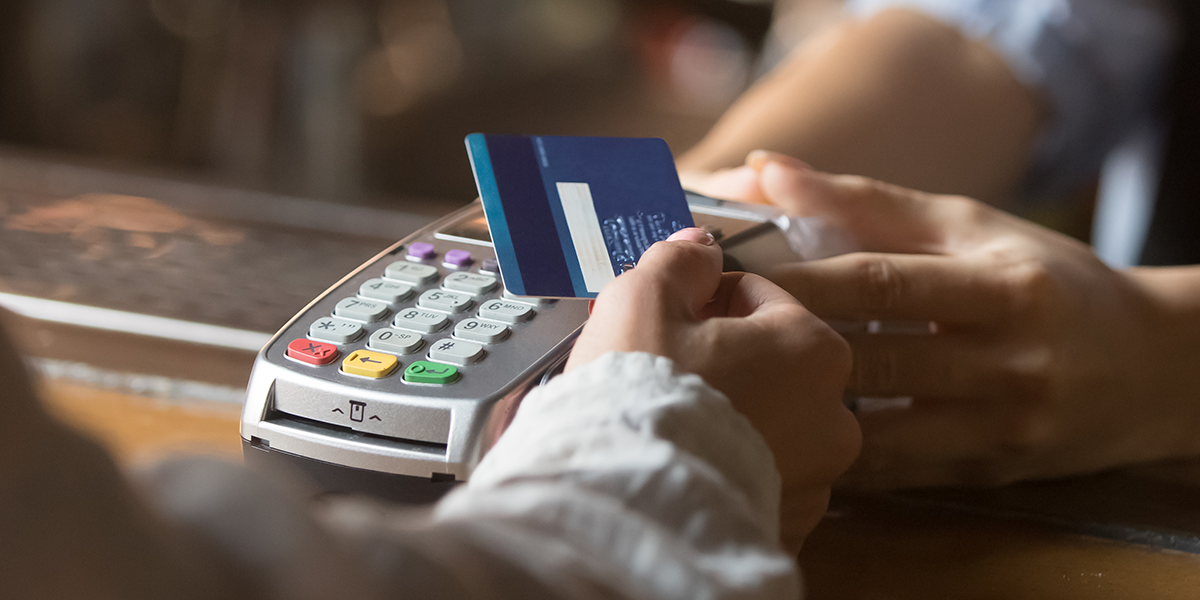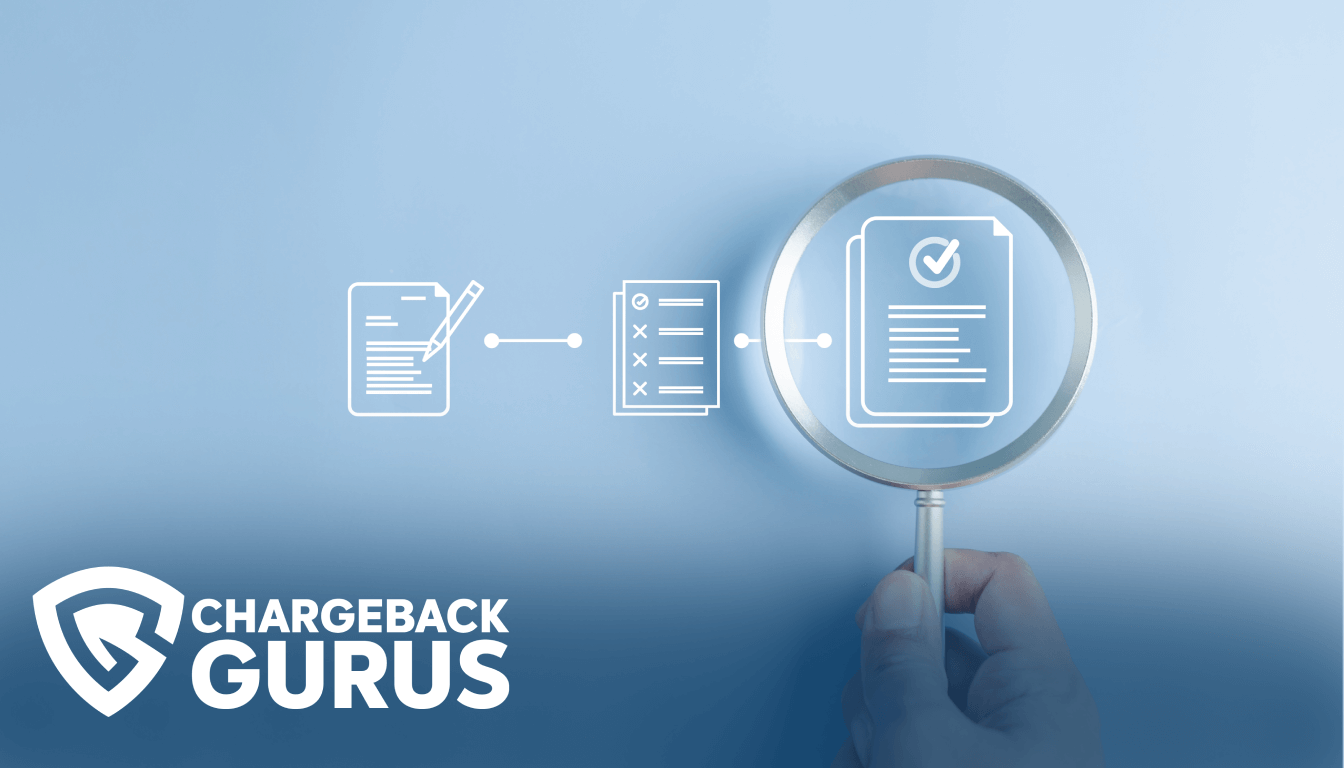Visa Chargeback Reason Code 10.1: Fraud

Table of Contents
- What is Visa chargeback reason code 10.1?
- What causes code 10.1 chargebacks?
- What's the time limit to respond to code 10.1 chargebacks?
- How can merchants fight code 10.1 chargebacks?
- How can merchants prevent code 10.1 chargebacks?
- About Visa chargeback reason codes
Merchants who receive a chargeback for a transaction placed with a Visa card may encounter reason code 10.1, which indicates an improperly authorized transaction that the cardholder does not believe they should be responsible for paying. The actual underlying cause of this chargeback may be true fraud, friendly fraud, or merchant error. Merchants who believe they have received an invalid chargeback under reason code 10.1 may be able to represent the transaction and reverse the chargeback with the right compelling evidence.
What is Visa chargeback reason code 10.1?
Visa chargeback reason code 10.1 falls under the “Fraud” category. The shorthand description is “EMV Liability Shift Counterfeit Fraud.” This code indicates the merchant made a swiped or keyed transaction with a counterfeit card rather than scanning the EMV chip.
When a merchant processes a transaction against a counterfeit card in a card-present environment using a payment terminal that is not EMV-compatible, they will be unable to detect the counterfeit card and will be responsible for the chargeback per the rules of the EMV liability shift.
Counterfeit cards have long been a problem for brick-and-mortar merchants who process card-present transactions.
Fraudsters often use a device called a “skimmer,” which they can conceal in unattended card-swiping slots at ATMs and fuel station pumps, to surreptitiously read and copy the magnetic stripe data on payment cards, allowing them to create counterfeit copies of those cards.
Payment terminals that are compatible with EMV chip technology can detect counterfeit cards. The EMV liability shift places financial responsibility for counterfeit-related chargebacks on merchants who have not upgraded to payment terminals that are compliant with the EMV standard.
What causes code 10.1 chargebacks?
This chargeback usually happens when a fraudster creates a counterfeit credit card and goes looking for a merchant who doesn’t use EMV-compatible payment terminals. As soon as the cardholder discovers the unauthorized charge, they are sure to dispute it.
It’s also possible for friendly fraudsters to run their own EMV cards at non-compliant terminals and falsely claim fraud in order to get their money back.
What's the time limit to respond to code 10.1 chargebacks?
The acquirer or merchant has 30 days to respond to a chargeback filed under reason code 10.1.
How can merchants fight code 10.1 chargebacks?
Merchants can fight code 10.1 chargebacks by providing evidence proving that the transaction used an EMV chip or the authorization response indicated the card didn't have one.
Your chargeback response should include one of the following items:
- If the transaction was processed using the EMV chip, provide documentation that proves this and shows that the full set of chip data was transmitted.
- If the authorization response indicated that the card did not have an EMV chip, provide documentation that shows this.
- If you have already processed a refund for the transaction in question, provide documentation that proves you have credited the cardholder’s account.
- If you have resolved the issue directly with the cardholder, provide proof, such as written correspondence, that proves they no longer wish to dispute the charge.
How can merchants prevent code 10.1 chargebacks?
The EMV chip standard is designed to prevent counterfeit fraud. Merchants can protect themselves by detecting and rejecting counterfeit card transactions through the use of EMV chip-enabled payment terminals. Understanding how to process chip card transactions, and how the liability shift affects your vulnerability to chargebacks, is extremely important for card-present merchants.
The following best practices can help you avoid this kind of chargeback:
- Upgrade or replace all of your payment terminals for EMV capability.
- Always follow the recommended procedures for processing EMV chip transactions.
- Always obtain proper authorization approval and an electronic or manual imprint for every card-present transaction
- Always use the appropriate cardholder verification method (signature or PIN entry) for the transaction.
- Train your staff on how to process card-present transactions correctly.
- Make sure your payment processing system is working correctly and configured to submit the full set of required data for all authorization approval requests.
About Visa chargeback reason codes
Reason codes are alphanumeric codes that provide the justification for granting a chargeback. Pursuant to the Fair Credit Billing Act of 1974, cardholders have the right to dispute unauthorized or erroneous charges, and issuing banks must reverse a disputed transaction if the cardholder’s claim is valid.
When a cardholder contacts their issuing bank to dispute a transaction and receive a chargeback, the dispute is assigned a reason code that most closely matches the substance of the cardholder’s claims. The reason code provides the merchant and other stakeholders in the dispute with a concise explanation for why a chargeback has been granted.
Each card network—Visa, Mastercard, American Express, and Discover—defines and maintains their own unique set of reason codes, which are applied to disputes by the banks that issue credit and debit cards under their brands.
Visa specifies 46 reason codes under the categories of Fraud, Authorization, Point-of-Interaction Error, Consumer Disputes, and Processing Errors. Visa uses a numeric scheme for its chargeback reason codes.
Understanding chargeback reason codes is one of the most essential parts of effective chargeback management. Identifying the chargeback reason code and the evidence required to fight it is the first step in chargeback representment, and analyzing your chargeback reason codes can provide you with insights into what types of disputes are causing you the most trouble. With this information, you can determine the root causes of your chargebacks and take action to prevent them from reoccurring.


